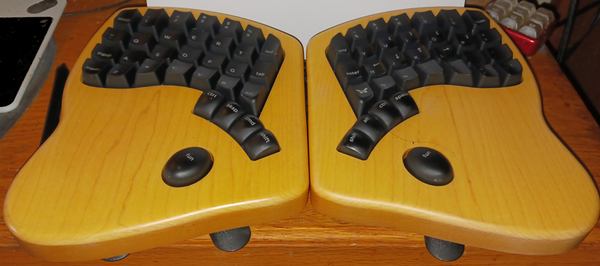A Graphical Interface for Customizing Keyboard Layouts
Keyboardio: Waiting for Chrysalis

© Photo by Joshua J. Cotten on Unsplash
How is the popular keyboard manufacturer's graphical installer after nine years in development?
Keyboardio is a family company made possible by the maturation of open hardware. Since 2017, it has been selling mechanical keyboards that quickly found a high-end niche market among keyboard enthusiasts, including me. However, for even longer, it has been working to develop Chrysalis, a graphical interface for customizing keyboard layouts. When I recently bought a Model 100, Keyboardio's latest flagship product, I assumed that by this time Chrysalis would be fully operational after nine years. Instead, here is what I found.
My expectations were high, given the careful attention Keyboardio pays to other aspects of its business. As a customer from Keyboardio's first fundraiser, I have long been impressed by the company's quick support and its interaction on its community forum. Physically, too, Keyboardio's products have had considerable thought put into them, and are so ergonomically advanced that I can type up to 10 hours a day without any strain on its Model 01 and Model 100 products (Figure 1). Both are minimalist boards of 66 keys divided into halves, each of which is designed to minimize finger movement. In addition, the halves can be placed as close or as far apart as desired, and, by adjusting their stands, slanted to almost any angle. Moreover, with the keys mounted on slabs of maple or walnut, these two boards have an unparalleled elegance in a field dominated by functional concerns. The Keyboardio Atreus is less aesthetic, but is equally well-designed for its role as a portable keyboard for laptops with full-sized keys.

[...]
